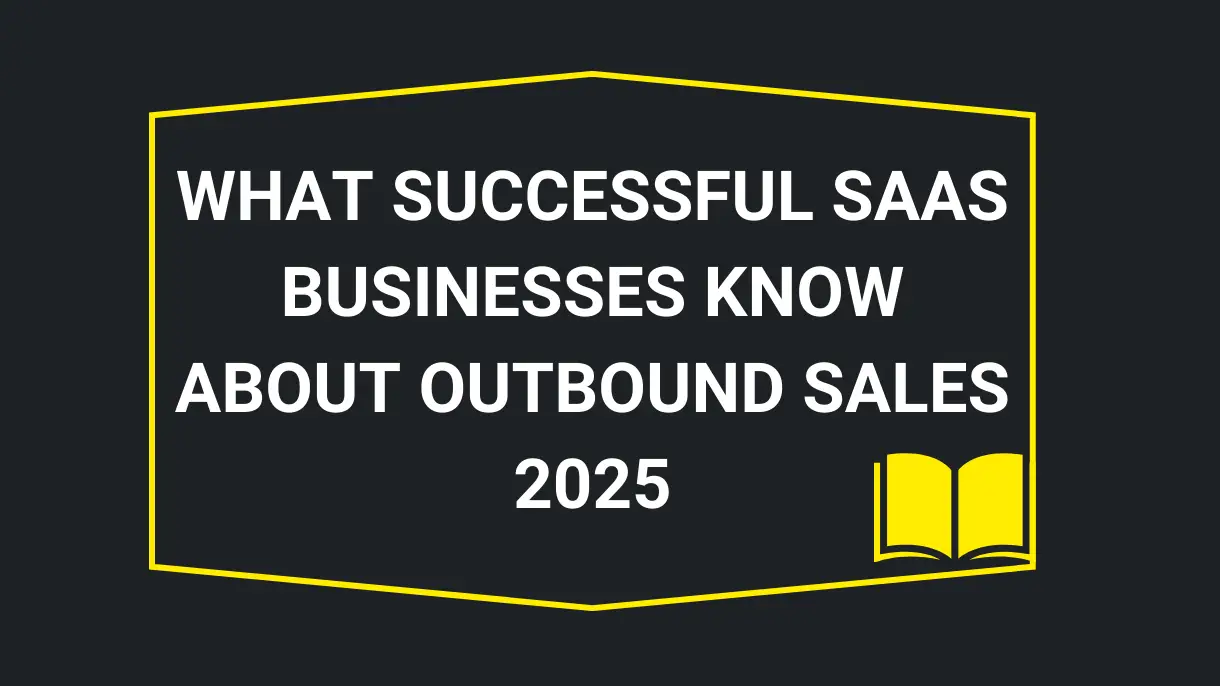About 3 SaaS firms have said to me, “Why does it seem like this outbound sales system is not closing deals like we projected?” Sadly, I didn’t have an answer then, but I’m confident I am getting closer to that answer, and that’s what I will share with you in this post.
Where is Outbound Sales for SaaS (Cold Emailing)?
Before now, SaaS sales reps saw outbound sales as a numbers game; the more people you reach, the more chances of getting a deal, but right now, it’s not a thing of chance. Who thinks it’s possible to send out 10 million cold emails without getting Google or Microsoft upset?
It’s not possible because Google and Microsoft have reputations to protect, and they can’t let you spam their users.
According to Cyberimpact (2025), Google, Microsoft, Yahoo, and more have updated guidelines, which they expect folks who send out up to 5000 emails daily to maintain a spam rate below 0.3%. This is possible only if you’re sending out relevant emails to well-researched leads with buying intent or interest; failure to do this puts you in a position of constantly buying domains, and what outbound sales when you can’t maintain your email domains for communication?
What has really changed in Outbound sales?
Outbound sales have changed in 2025 for most businesses, starting with consumer behaviors, strict cold email policies, and increased cybersecurity awareness.
COLD EMAIL: According to Breakcold (2025), “People are annoyed by cold emails and will not even be happy if yours are creative.” This is because C-suite executives are always the target for cold outreach campaigns, which puts them in a position to receive 1-10 cold emails daily. What this means is that if in any way your emails are not in line with their current challenges, they will just ignore them, and email service providers like Google now make it easy for them to unsubscribe or even mark it as spam without hassle.
CONSUMER BEHAVIORS: The rise of AI has been so fascinating that most people think it’s the future, or they hope for a better future. According to a study conducted by Kearney, most business leaders recognize the potential of AI but are still feeling their way: while 89 percent of the CEOs acknowledged the strategic importance of leveraging AI for business transformation, only one in four feel fully prepared to integrate it across their organizations. Now, one primary reason for this has been the increased awareness of cybersecurity as of 2024; CEOs believe that “after the AI hype comes the fall or bust”. And they’re concerned about adapting AI or even SaaS solutions that are AI-inclined.
One could say that it’s possible to consult with AI, I mean going to AI for business advice, prompts, and more, but it has been the opposite. According to data from Statista, the consulting industry worldwide fell as of 2023 to 1.007 billion dollars, but as of 2024, it rose to its all-time high of 1.024 billion dollars. This shows that businesses are currently referring to consulting firms to guide them in making decisions pertaining to their business. What this means is that the rise of AI as made business more aware of cybersecurity and has changed how big businesses make purchase decision.
SO WHAT ARE BIG SAAS COMPANIES DOING DIFFERENTLY IN 2025
Big SaaS companies are not just sending out more emails, they’re rethinking outbound sales from the ground up. In 2025, success hinges on intent-based targeting, personalization, and a deep understanding of both technology and human behavior. Here’s how the leaders are adapting:
Intent-based Targeting and Segmentation
Rather than a numbers game, top SaaS firms are investing heavily in data analytics, They’re using advanced tools to:
- Refine the Ideal Customer Profile (ICP): By mining past interactions and market data, they pinpoint prospects who show real buying intent.
- Segment Leads Precisely: Instead of blasting generic messages, teams create tailored segments, ensuring that each outreach is relevant to the prospect’s needs.
I would say that the new strategy in place is more focused. There are so many people with bad offers and products sending out tons of emails. Don’t join them; stick to intent-based leads and outreach because it minimizes wasted effort and helps maintain a healthy sender reputation.
Hyper-Personalized Outreach
SaaS sales leaders recognize that cold emailing in 2025 must cut through noise with personalization at its core. They’re doing this by:
- Crafting Custom Messages: Every email is designed to speak directly to a prospect’s current challenges, leveraging insights from recent observation of their firms, their weak points, growth opportunities, and industry trends or data. It can be a big drive for business because most times they believe if you can see or detect it, then their competitors can do the same, so they rush to make amends.
- Integrating Multi-Channel Strategies: Almost all emails from lead generation websites are always 80% matched and 90% accurate, which means that your email might not even make it to your prospect’s inbox, or it might have been changed. So, combine cold email with targeted social outreach (like LinkedIn InMail) and even personalized video messages to create a richer, more engaging experience.
In reality, this goes beyond just securing response rates but also builds trust in every step of the way. and don’t be too pushy.
Forging Strategic Partnerships
- In addition to refining outreach techniques, SaaS leaders are forming strategic partnerships with complementary businesses like consulting firms and industry influencers. By actually doing this, they get to showcase their value proposition, compliance with policies, and the security measures in place. This makes it easy for consulting firms to actually be able to advise their client on why best SaaS solution to adapt. These collaborations enable joint campaigns and shared insights, further boosting the effectiveness of personalized outreach while reinforcing a unified brand message.
Final Takeaway
In 2025, the big SaaS companies are not gambling on volume, they’re optimizing for quality, relevance, and long-term relationship building. By making use of data, embracing hyper-personalization, and forming strategic partnerships, they’re turning outbound sales from a risky numbers game into a reliable engine of growth.
Do you want results?
Let’s have a quick chat about your project, click the let’s talk button above and follow me on social media for faster response.

